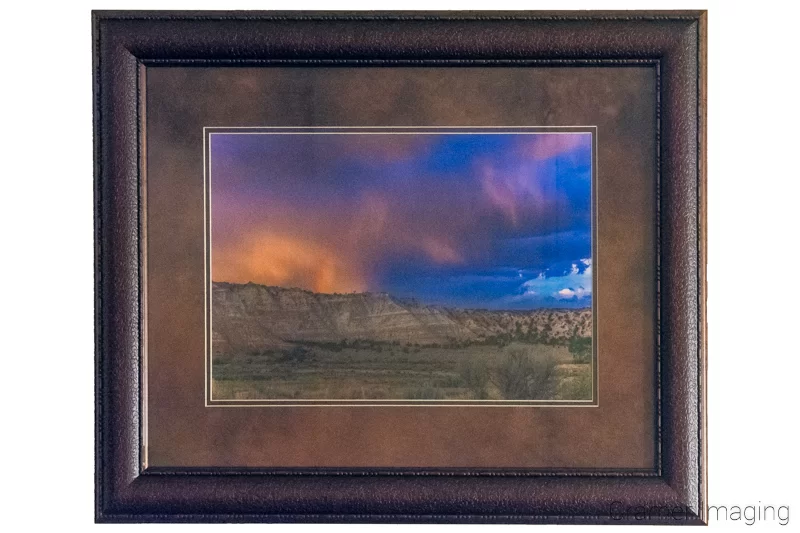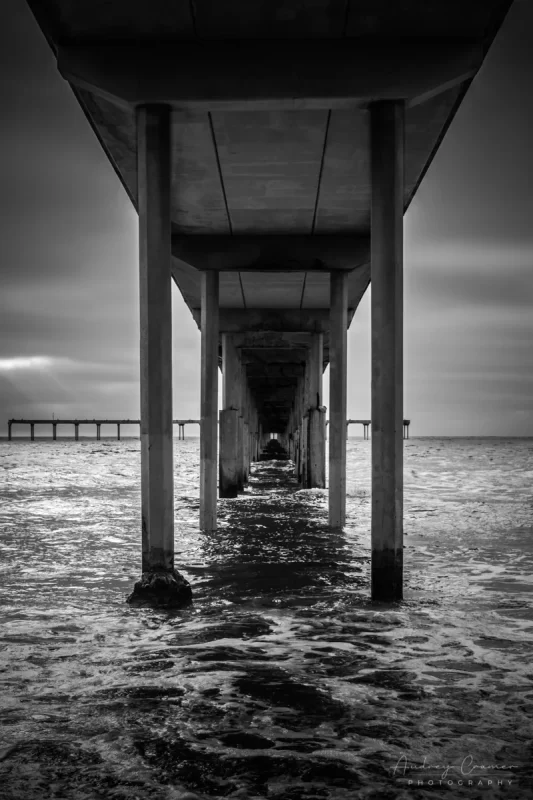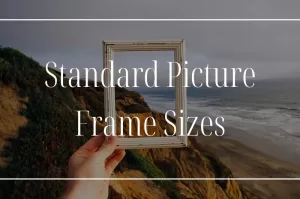For a lot of people out there, photography is not art. It’s photography: a separate thing which is meant to accurately depict the world around them. For others, photography is an art-form unlike any other. On some level, both sides are right about photography. It can be art and not art at the same time. How you ask? That’s what we’re talking about today.
Let’s start by getting a couple of definitions out of the way. Art is about creation and expression. It’s not necessarily about accurate representation. In fact, more often than not, the less representative of reality the art is, the easier it is to recognize as art. Art seeks to evoke emotion in the viewer/listener/participant. If you don’t experience the art and feel something, then the art didn’t do its job.
Photography is a medium for capturing the world as it is in all its glory and shame. There’s no hiding that which we don’t like or want the world to see when we pull out the camera. It’s capable of preserving what life is or was like for the future to see. We can preserve the joy and the pain of life for all to see.
It seems, from the definitions given above, that there’s no way that art and photography can intersect and be the same thing. While there are certain kinds of photography out there, such as photo-journalism, where the above statement is certainly true, it’s a very common mistake to assume all photograph is not art. Here’s why.
Photography as an art-form is the art of knowing where to stand. That statement will probably take you a bit to process. When I first heard that several years ago, I had to think about it. But it’s true.
All art starts with envisioning a final product. When photography becomes art, it too starts with envisioning the final product. After you have this vision in your mind, you make it happen. That is what artists do when they paint, carve, etch, assemble, and even click the shutter.
The difference is that photographers need to find where to stand with their cameras in order to realize that vision where other kinds of artists set about revealing their vision of art from raw ingredients which often don’t resemble the final product at all. The process of creation may seem much faster for photographers, but the art began long before that shutter went click.
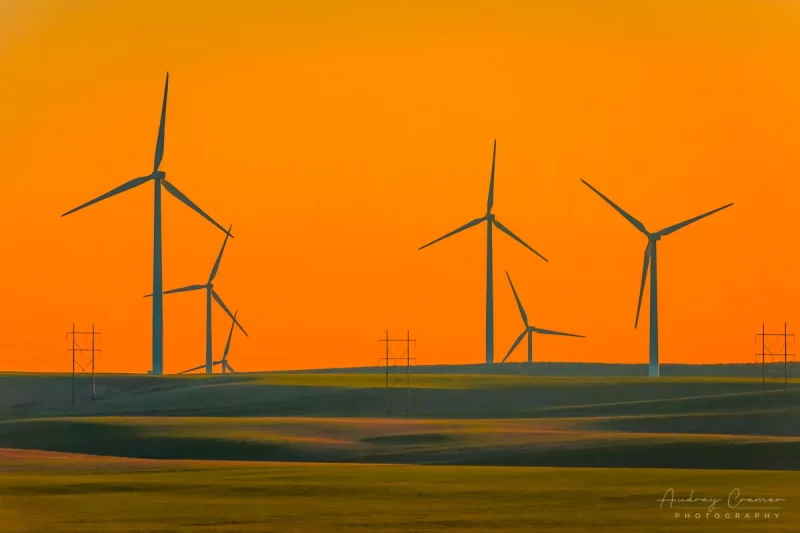
Through lots of trial and error, photographers who are artists learn where to stand to get the photo they envision. If that means getting up at ungodly hours and going to extreme locations or it means chasing a bride and groom around all day, any photographer artist will tell you that it’s all about where they choose to stand when the moment is right.
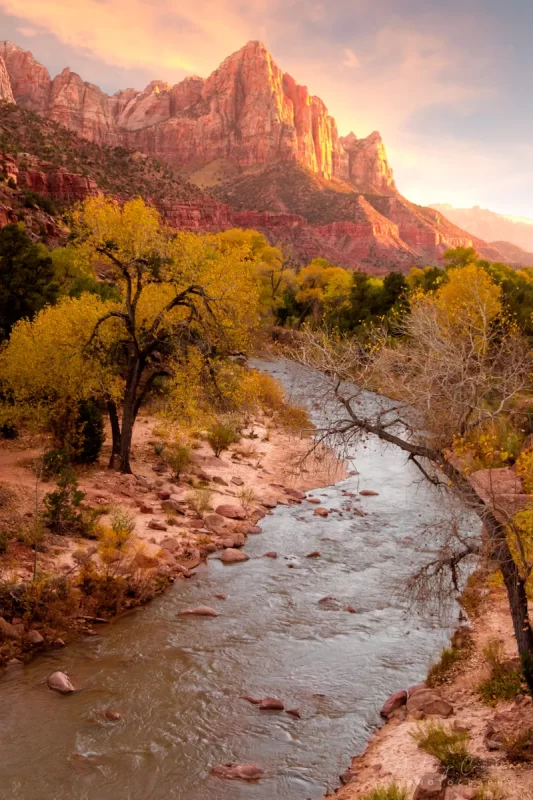
The other, often overlooked, part about photography being art is that so much more which goes on after that shutter is clicked. There’s the post-processing which takes a raw and rough image into something worthy of being displayed proudly as an art-form.
Just as you wouldn’t take a roughly molded clay bowl and start using it just after drying, you don’t take a raw photo directly from the camera, print it, and call it art. You take time to glaze the bowl and fire it in a kiln so that it will last. Raw photos directly out of the camera don’t have nearly the color range which you see in real life. They often don’t properly represent what your eyes saw. That color range and definition comes from the post-processing. You could easily call learning how to do post-processing without destroying your photograph an art unto itself.
Here’s the interesting but true part. When photography moves into the realm of fine art, you might be surprised at just how many photos out there on the market no longer reflect reality as you know it. Instead, the photographer has chosen to make alterations which better reflect his or her vision of the final product. That final product is designed to evoke emotion out of you when you view it.
Now wait just a second here. We just started talking about changing the medium to better reflect a final vision, not reality. We also talked about evoking emotion with that final realized product. That sounds an awful lot like the definition above of what art is. Photography, by this definition can be art and now we know a bit more about when photography is art and when it is not.
So go take a look at fine art photography with some new eyes. Perhaps, take a look at ours using the link below. We do our best to leave our photos as unaltered as possible, but we won’t divulge the altered photos from the unaltered photos. Let’s see if you can guess.

